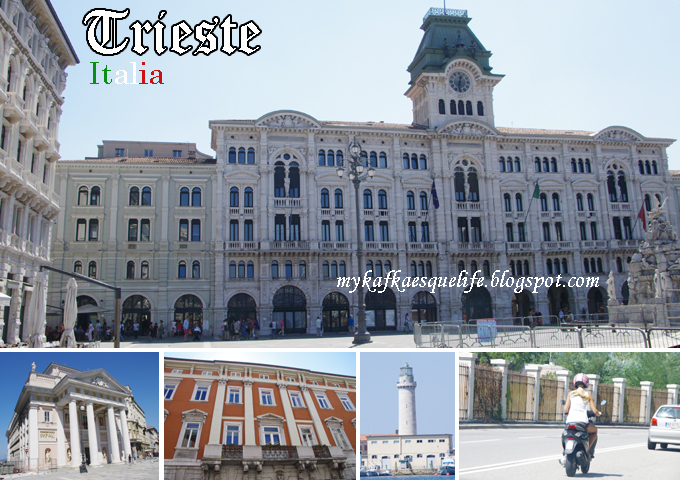

Trieste (Slovenian Trst, we pronounce it as Terst) is a bigger city in Italy and very close to Slovenia, especially close to Koper, where we came from, before we arrived in this Italian coastal town. What is Trieste famous for? Well, it's currently the 2nd biggest Italian port (after Genova) and it's the most eastern city in northern Italy. Trieste has today around 208.000 inhabitants, but it used to have much more in the past. It lost about 1/3 of it's population in recent decades due to several reasons. Trieste used to be one of the most important cities in Europe few centuries ago, but because of the troubled 20th century, it lost its glory and a lot of population, especially the Slovenian. Trieste/Trst bears a special place in the hearts of Slovenians. It used to be the "biggest Slovenian town" in the past. If you want to know why, read the history part.
✰ History of Trieste/Trst
Trieste was known as Tergeste during the Roman times (1st cent. BC), which was the first documented name of the settlement. Interestingly, the name's origin is based on terg- or trg-, which means market in Slovenian and other Slavic languages. After the Roman period, Trieste fell under the rule of several tribes and kingdoms. If you remember from my previous posts, the Slovenian coastal towns Koper, Izola and Piran came under the Venetian rule in the early middle ages, where they flourished, but Trieste on the other hand had fought wars with Venice and refused to accept their domination (although it briefly succumbed in 1369). That spat with Venice led to a petition, where the people of Trieste requested to come under Austria's rule, which subsequently happened in 1382. Trieste remained under Austria until 1918 and so were most parts of Slovenia at that time.
✰ Trieste/Trst and Slovenians

Trieste was for centuries connected with Slovenes. The whole hinterland was always populated by Slovenes and that's true even today. First Slovenes started to settle in the city already in the middle ages and the population peaked in 1910, where Slovenians made 25% of the population of Trieste (which was nearly 60.000 people). At that time Trieste was called "the biggest Slovenian city" (Ljubljana at that time had around 57.000 people and not all of them were Slovenians). In the early 20th century Trieste was home to a lot of Slovenian writers, academics and artists, who left a strong mark on the modern Slovenian culture.
After Trieste came under Italy in 1918, the Italians started to treat the Slovenians (and all other minorities such as Germans and Croats) badly. The rise of the Italian nationalism and fascism with Benito Mussolini in charge led to a forced Italianization of all non Italian minorities. That meant that all names were changed into Italian. If your family name was Antončič, it was changed (or translated) to Antonelli. But not only that, they even changed the family names of Slovenians on gravestones, in order to erase 1000 years of history. Along with this, Slovenian banks and schools were closed. Our teachers and clergymen were forced to leave Slovenian areas and were replaced with Italians (source: Bernard Meares - Slovenians in Trieste). Nationalist gangs, who terrorized and attacked Slovenians, were encouraged by the local government, which led to a tragic event in the history of Trieste: In 1920 they burnt down Narodni dom, a cultural community hall of Slovenians in Trieste (see a photo here). All that forced many Slovenians to exile, especially intellectuals. A lot of them emigrated to North America (in 1971 only 5% of the population of Trieste were Slovenians), today it may be even less.

✰ "Trst je Naš!"
In Slovenia you may find a lot of "Trst je naš!" graffiti. It means "Trieste is ours!" and relates to 1945, where the Yugoslav army (with many Slovenian soldiers) liberated Trieste from German nazis and intended to claim Trieste/Trst as part of Yugoslavia (and subsequently Slovenia). That did not happen, but still many Slovenians today feel it should have.
The Yugoslav army stayed in Trieste and controlled it for 40 days, until they ceased the control to the British and American army. During these 40 days many Italian fascists and nationalists as well as German nazis were tried and prosecuted, a lot of them were killed and disappeared. That was a kind of retaliation for the atrocities before and during the war made by Italians (suppression and forced Italianization).
I don't condone any of the actions made by either side of course and I deeply regret, that so much blood was spilled in those times. I can actually hardly understand them from the perspective of 2010, but those were different times and I'm glad they're over. There are of course many sides of the story, Slovenians have their own version, so have the Italians. And Trieste belongs to whom today? It became part of Italy in 1954, when the joint British-US administration ceded the city to Italy, while Koper, Izola and Piran became part of Yugoslavia (and subsequently Slovenia). A lot of Italians from these Slovenian coastal cities moved to Trieste, while some Slovenians, that came under Italy, moved to Yugoslavia. Trieste lost a lot of Slovenians, while Koper, Izola and Piran lost many Italians. And both groups lived in peace and side by side for centuries. It's really a pity.
I think in the end, everybody lost. Trieste lost it's natural hinterland, because of an unnatural border (see map), while Slovenians lost their cultural and economic center. There is still a lot of Italian nationalism in Trieste today, as well as an anti-Slovenian atmosphere. On the other hand, many Slovenians look at the Italians in the area with contempt. The wounds have not fully healed, even though 65 years passed since the World War II ended. I hope the people forgive each other and their forefathers, but never forget what happened.
✰ Our Trieste
After the smooth ride from Koper to Trieste, I parked the car near the center and we started to walk around and explored the city. Being a Slovenian and knowing the bloody history of the 20th century, I felt a little uneasy about driving and walking around Trieste. But guess what? Nobody horned, nobody cursed me, I had no problems at all. Maybe I was just lucky, because it was in the middle of a scorching day and the city seemed almost empty. And we only spent like 2 hours in Trieste and didn't even eat here. So no funny restaurant stories this time.
This is the Trieste, as we saw it on that hot summer day in August:
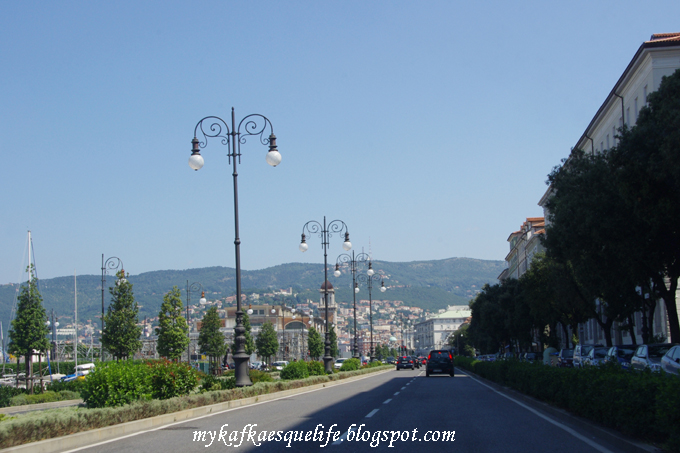
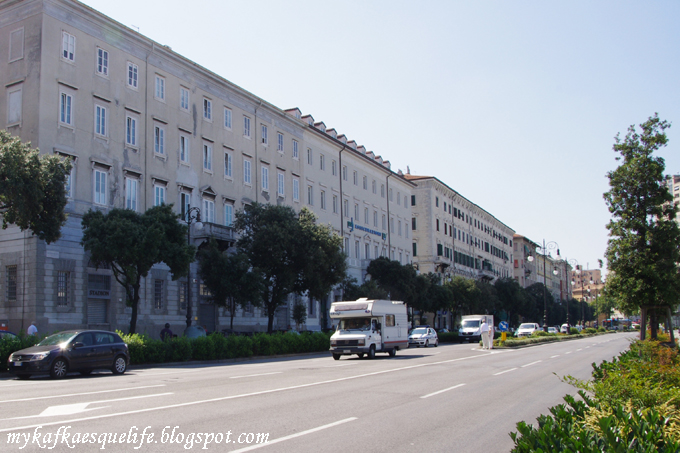
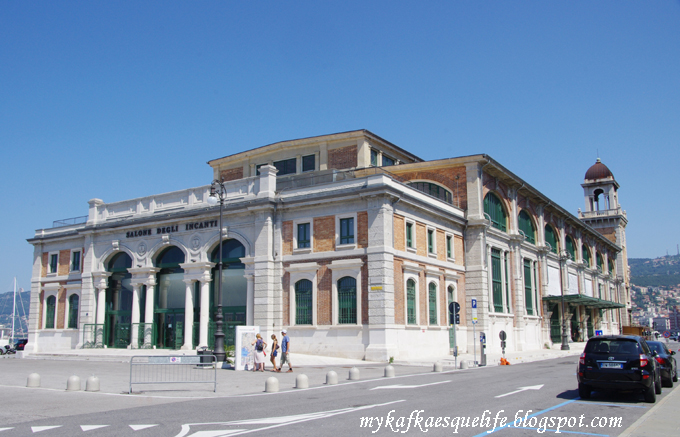
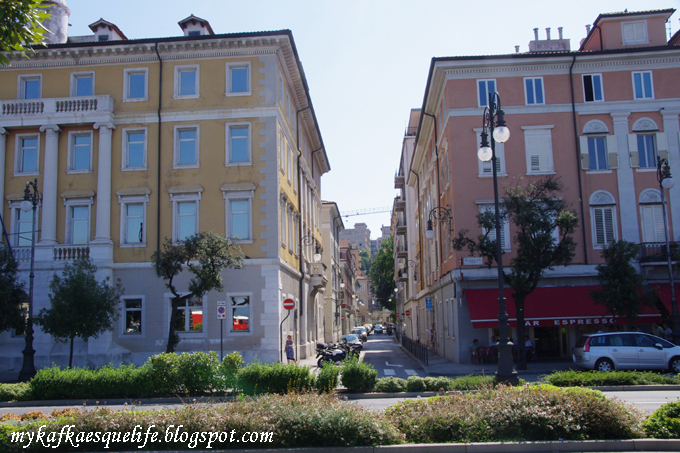
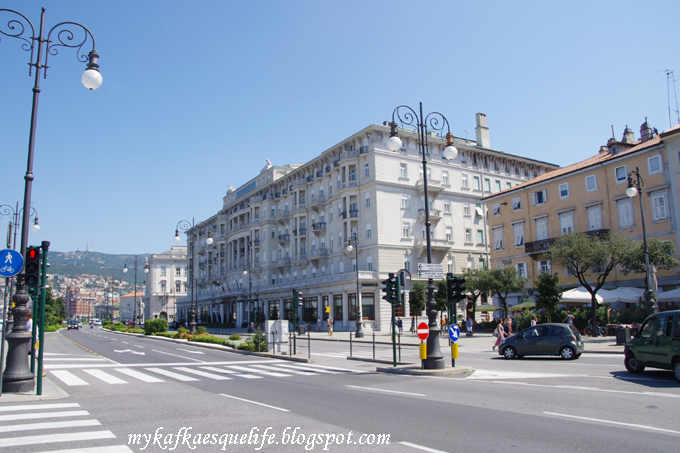
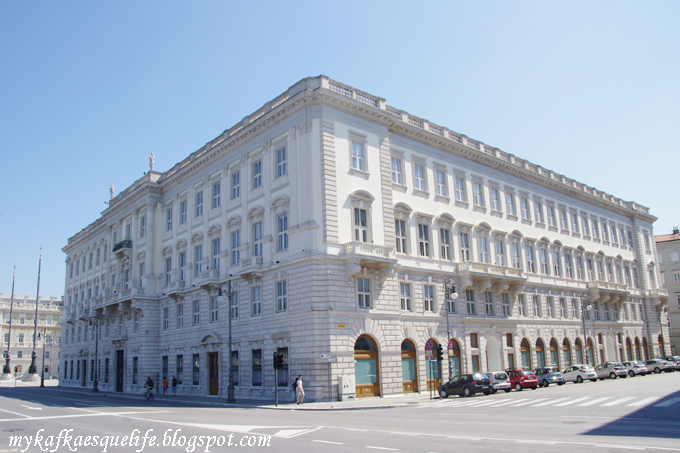
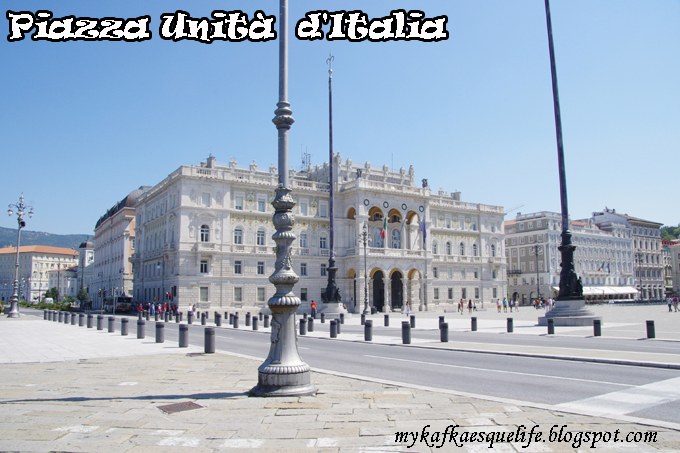
Piazza Unita' d'Italia (Italian Unity Square) is in Slovenian called Veliki trg (Great square), because of the square's old name Piazza Grande. This public square is huge! It's the 6th biggest square in Italy and the main square in Trieste. It's really majestic and gives you a big city feeling, although some other parts of Trieste feel like a small town.
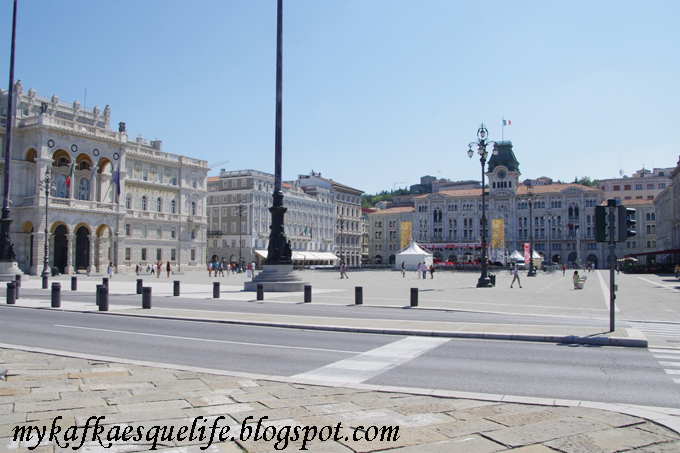

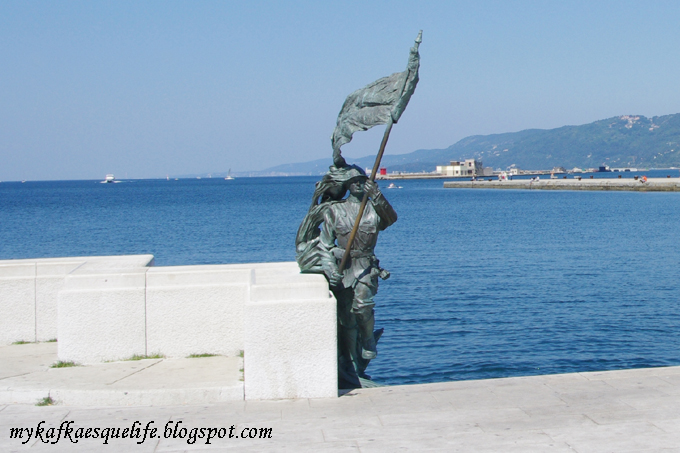
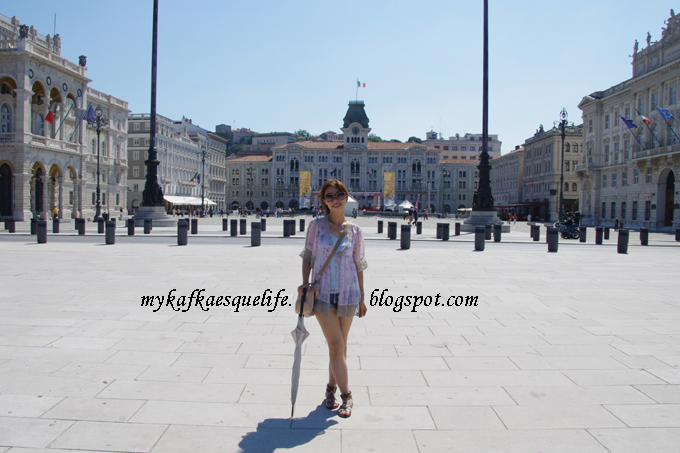

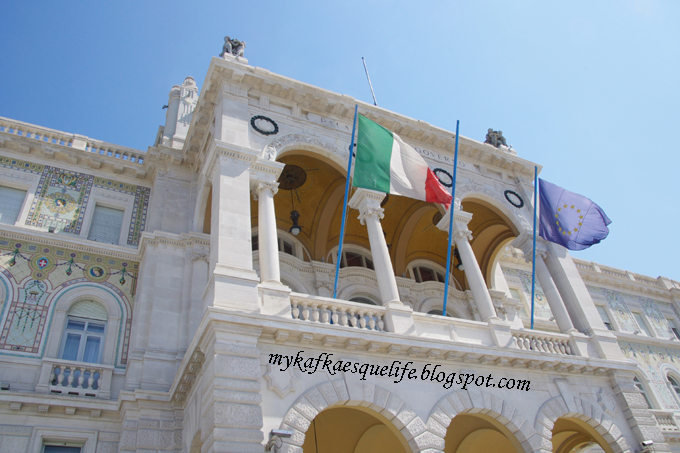
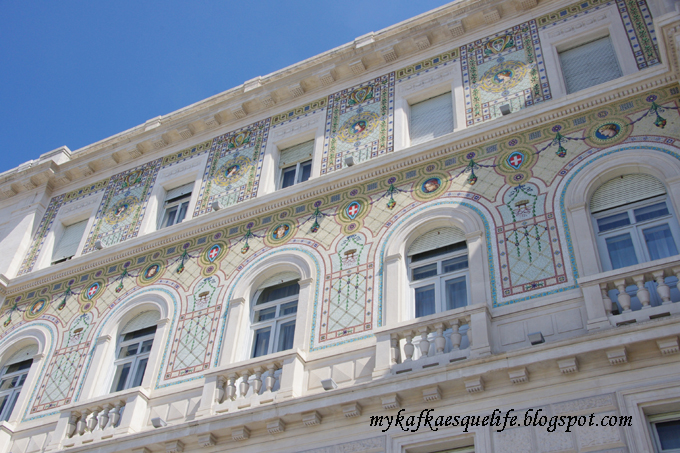
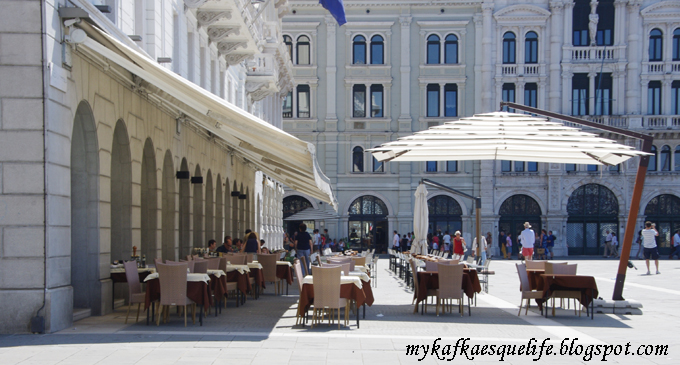


The town hall is called "il Palazzo del Comune" in Italian.
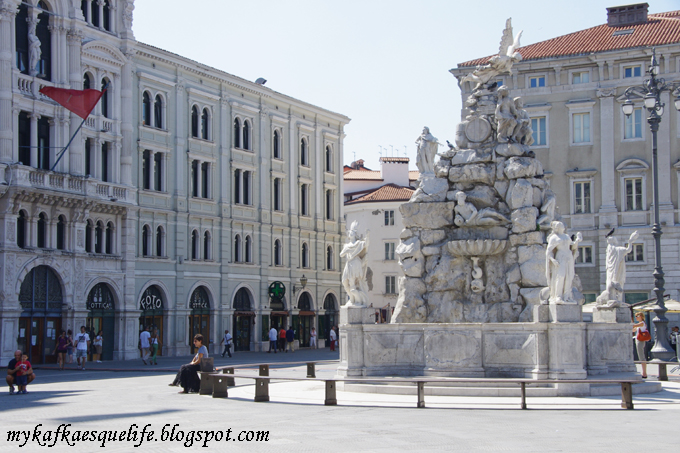

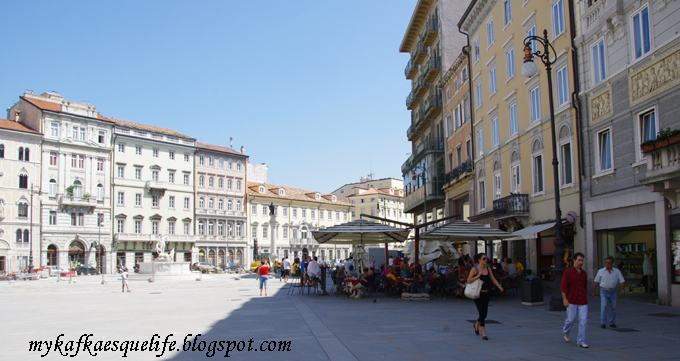
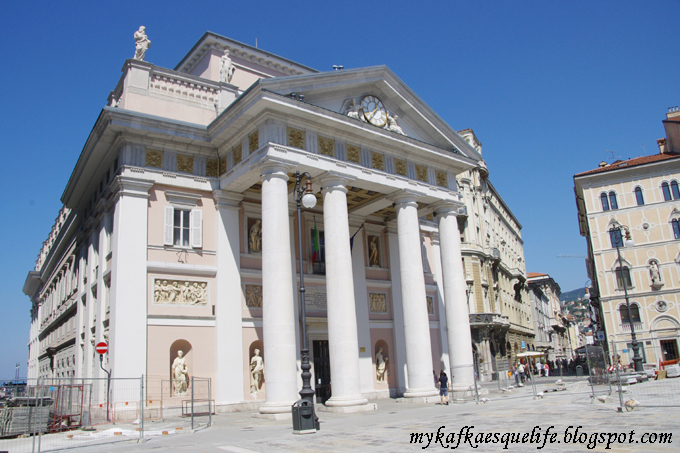

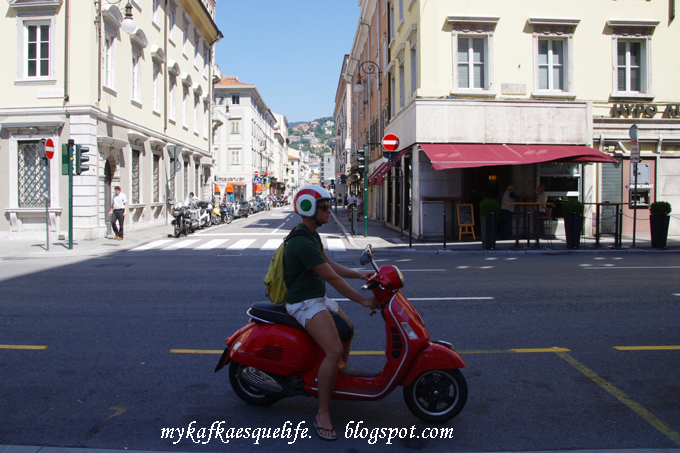
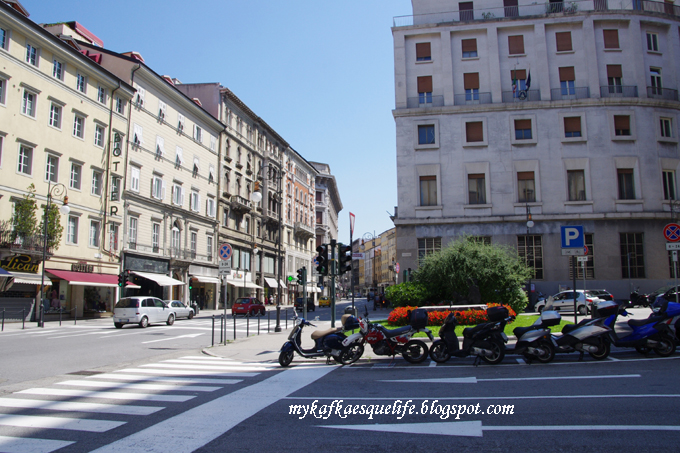
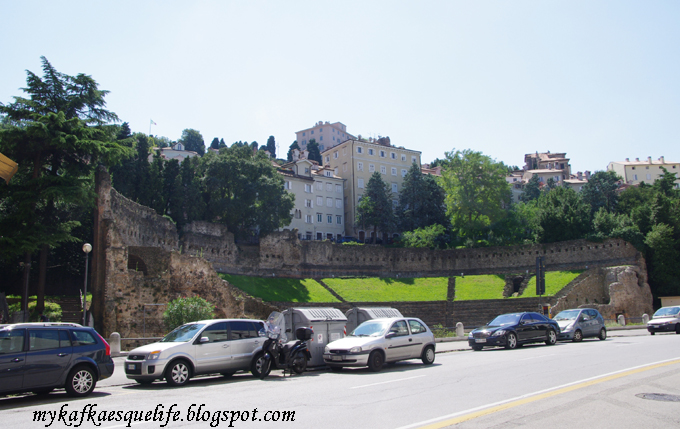
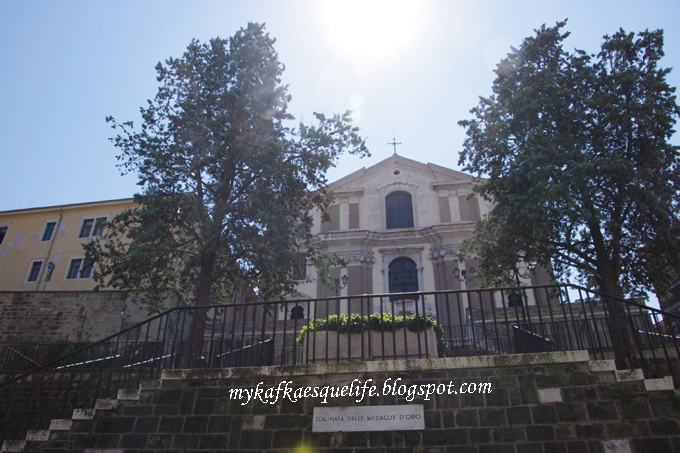
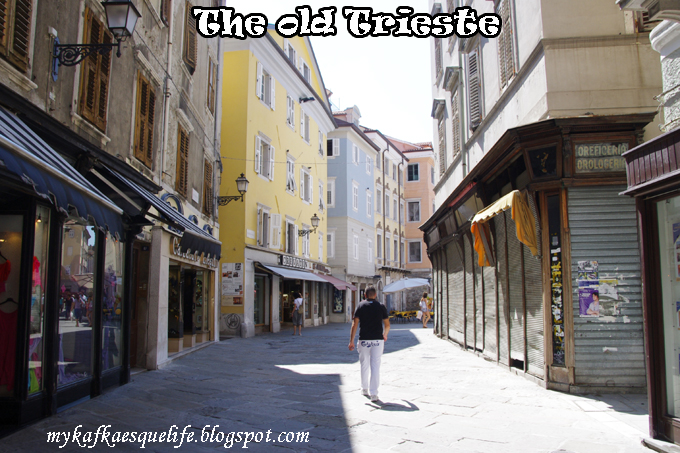
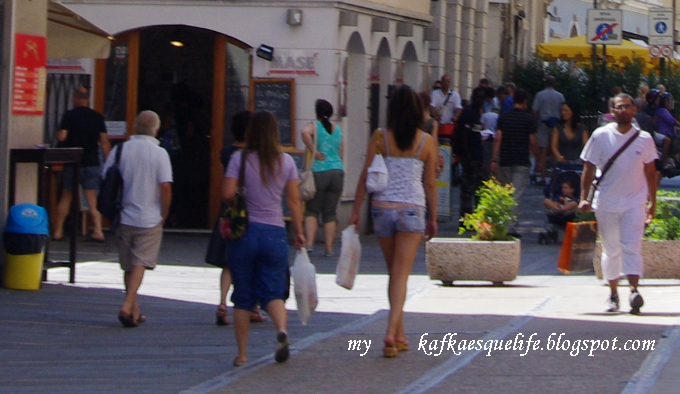
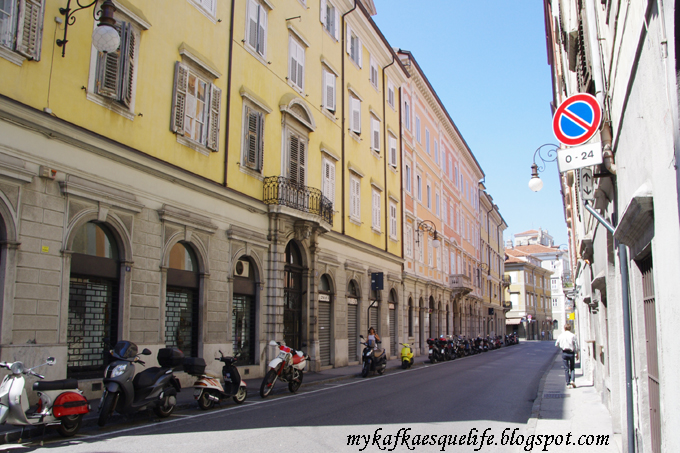












A funny thing happened, when my girlfriend and I took a lot of photos of the buildings, an Italian man, who walked hand in hand with his girlfriend, passed by and told his partner: "Questo è Trieste!" (Which means "This is Trieste!"). I don't know what was his point, maybe that Trieste is so great, that tourist snap tons of pics? Or maybe, that we looked so cosmopolitan? Lol. No idea, but it was a funny moment to me.
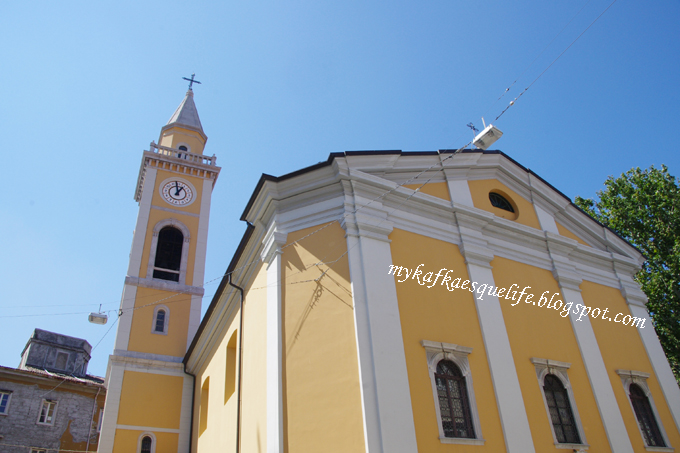
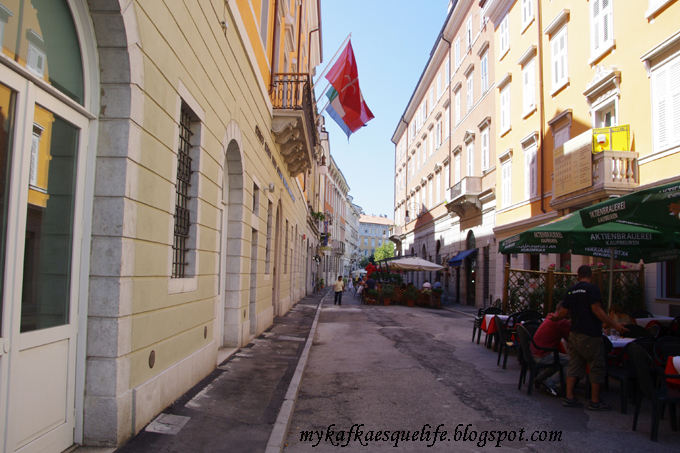
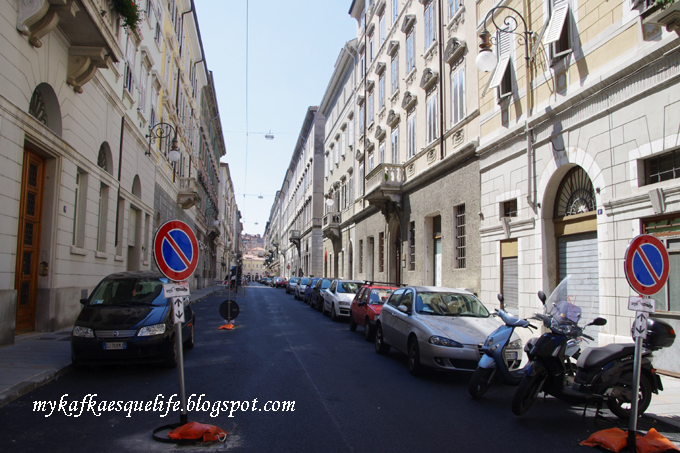
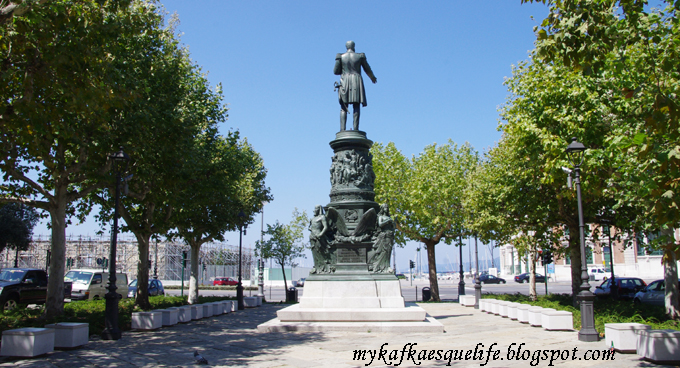
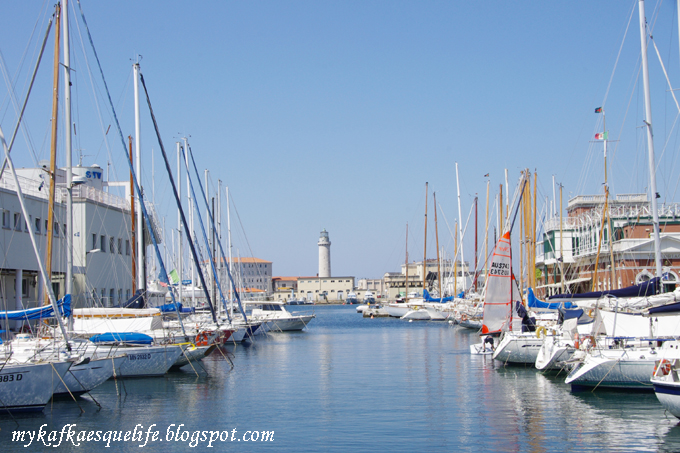
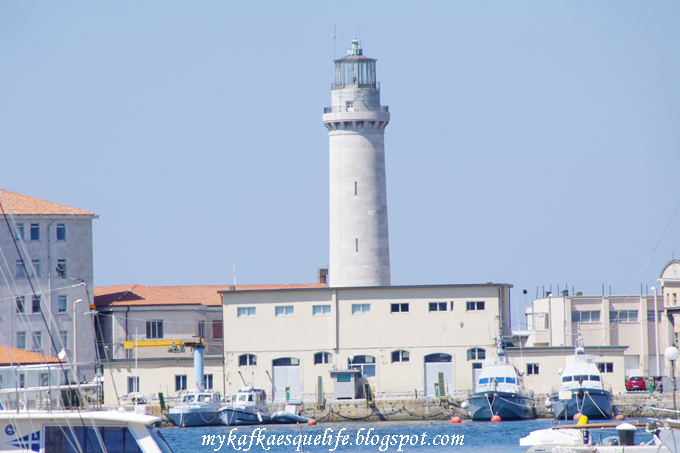
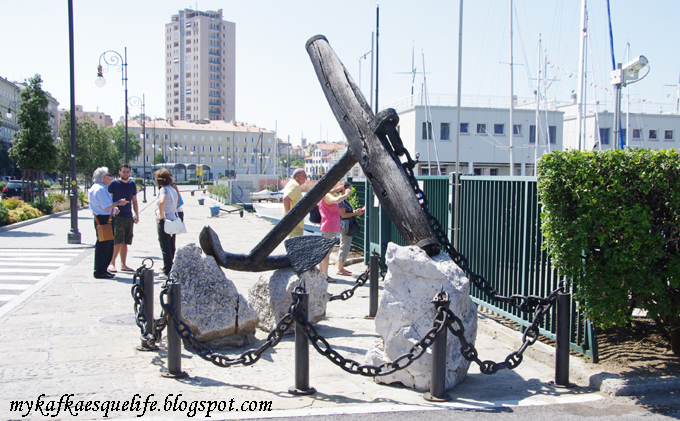
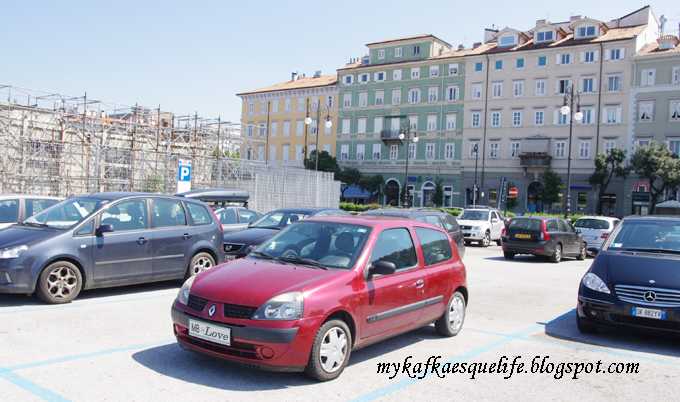
It's funny that, the parking places in Trieste have ticket machines, which have a menu in Italian, English, German, French, but no Slovenian. Guess which foreign registry plates on cares were most common? Slovenian. That disappointed me a little. But all in all, Trieste was a positive surprise. It's pretty interesting and very big, full of history. I would certainly need 2 days to explore the center thoroughly, 2 hours were too little, but it gave me a good impression. As a Slovenian I now know how Trieste looks in 2010. Now I'm able to put some historic things into perspective. Will I revisit? Definitely yes one day.
My rating of Trieste/Trst:
Great place for photos ✰✰✰✰✰
Well preserved and clean ✰✰✰✰✰
Toilets, parking, souvenirs ✰✰✰✰✰
Friendly to tourists ✰✰✰✰✰
[My Slovenia page][All photos by MKL, 2010, except the first]

No comments:
Post a Comment